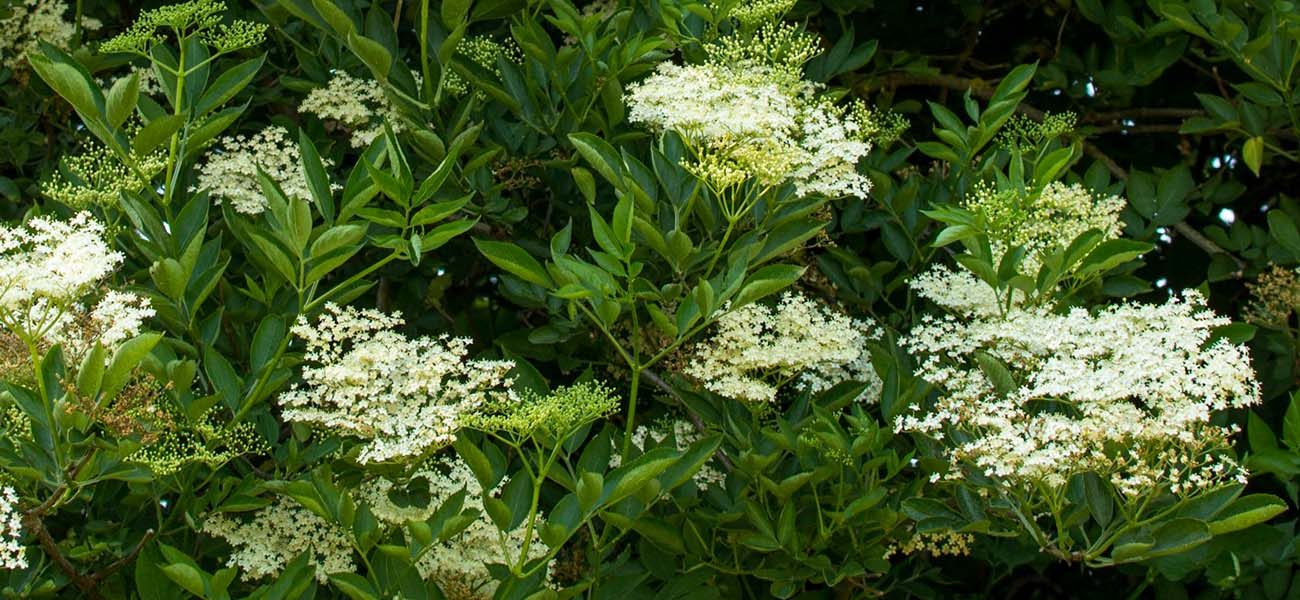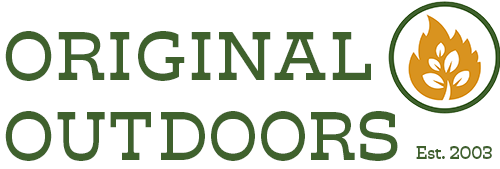What can I do with Hawthorn Berries?
The fruits are easy to identify and collect in large quantities and can be used to make fruit leathers (another name for a fruit roll-up),…

15th May 2022
Elder (Sambucus nigra) is a tree shrouded in folklore which has also been scientifically proven to have a great many immune boosting properties. Most of these are associated with the berries which arrive in Autumn, but the flower heads are also much-loved and can be used to create summertime drinks such as this Elderflower ‘champagne’.
A popular and potentially explosive brew made from several heads of Elder flowers. Best stored in plastic bottles with screw tops. Anything that relies on a friction fit alone will probably just fire off, and glass bottles have been known to explode through build-up of pressure. You have been warned!
Equipment
Ingredients
Pick young, recently opened flowers (in the morning before prolonged exposure to the sun is ideal. Beware of picking too many from one shrub – try to spread your impact on the hedgerow out a little. Shake off any insects you find.
Back in the kitchen remove the stalks from the florets with a fork – they will make the brew slightly bitter.
Put the water in a clean saucepan or large pot, add the elderflower heads, lemon and cider vinegar.
Add the sugar and stir until dissolved.
Sprinkle the champagne yeast on
Cover (I use a clean cotton tea towel) and leave for 24 hours. Stir twice within that period with a clean wooden spoon.
After the 24hrs is up bale out the liquid using a jug and pour through a sieve into the (cleaned) bottles. A funnel and a sense of determination helps.
Put the caps on loosely and store somewhere temperature stable, cool but not cold and out of direct sunlight.
The champagne will ferment over the next fortnight, after which the bottles can be properly closed and stored somewhere, again out of sunlight.
Wait a few more days before sampling the first, and place in the fridge to chill before serving for best taste.
NOTE:
The champagne should keep for a few months, gradually getting ‘drier’ and more alcoholic as time passes. If you discover that your plastic bottles have become rock-hard then VERY gently unscrew the lid, allow some gas to escape and then re-tighten. I have learned to my cost to do that OUTSIDE!.
With over a decade of experience working outside in the UK doing everything from dry stone walling to tree planting and carrying out wildlife surveys. Amy is our resident ecologist and wild food enthusiast, and also works as a consultant for various brands and wildlife organisations. Amy lives in North Wales.
A Life More Wild is the philosophy which underpins everything we do.
It encompasses practical skills, personal development, community learning and a journey to live more intentionally.
The fruits are easy to identify and collect in large quantities and can be used to make fruit leathers (another name for a fruit roll-up),…
North Wales is a fantastic place to look for fungi, with a wide range of habitats and ideal climate. If you’ve been out to a…
This mushroom can be used in stocks, dried and ground down into a powder, or cooked into casseroles, stir fry’s and soups. Our favourite use…
Sloes are ripe before the first frosts these days, but you can use a freezer to imitate the affect of a frost and have some…
